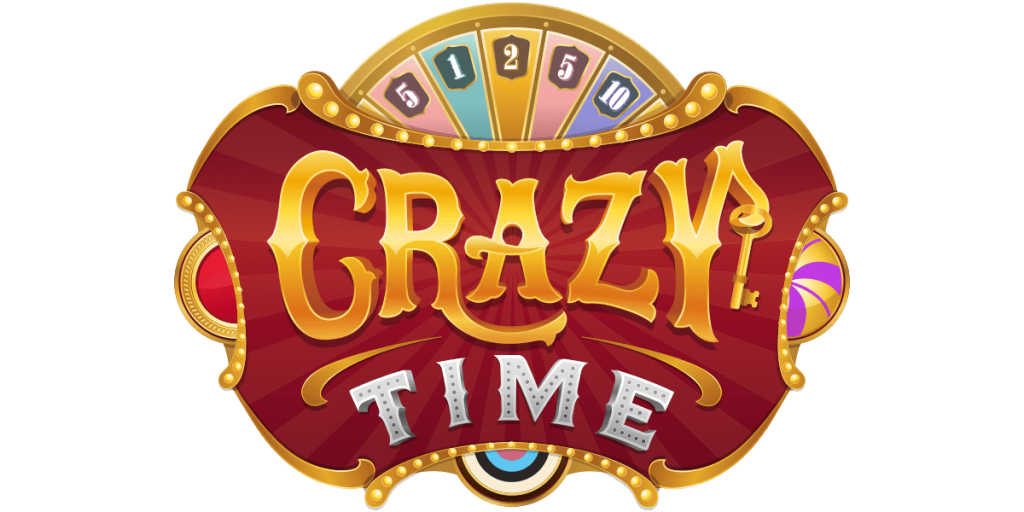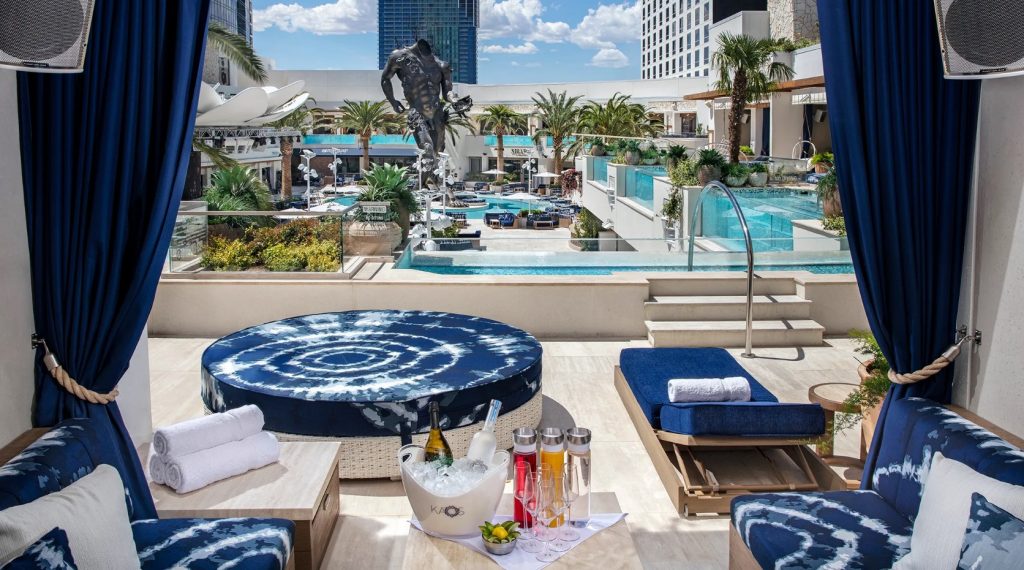Palms Casino: The Palms Casino Resort, located just off the Las Vegas Strip, is one of the most iconic properties in Las Vegas. Known for its celebrity clientele, luxury suites, and vibrant nightlife, the Palms has undergone numerous transformations since its opening in 2001.
Palms Casino: But behind the glamor lies a fascinating and complex tale of ownership—one that includes family empires, billion-dollar deals, bankruptcies, and tribal sovereignty.
Palms Casino: So who really owns the Palms Casino in 2025?
Palms Casino: Historical Overview of Ownership
To understand the current ownership, we need to start from the beginning. The Palms Casino has changed hands multiple times, and each transition has had a significant impact on its brand and business model.
Table 1: Historical Ownership Timeline
| Year | Owner | Notes |
|---|---|---|
| 2001 | Maloof Family | Opened the Palms; known for attracting Hollywood celebrities. |
| 2011 | TPG Capital & Leonard Green & Partners | Maloofs sold majority stake due to financial difficulties. |
| 2016 | Station Casinos (Red Rock Resorts) | Acquired for ~$312.5 million; initiated massive renovations. |
| 2021 | San Manuel Band of Mission Indians | Purchased for ~$650 million; first Native American tribe to own and operate a Las Vegas casino. |
Current Owner: San Manuel Band of Mission Indians
Who Are They?
As of 2025, the San Manuel Band of Mission Indians, a federally recognized tribe based in Highland, California, owns and operates the Palms Casino Resort. This marks a significant milestone—not just for the tribe, but for the casino industry as a whole.
The San Manuel tribe has long been a major player in Southern California’s gaming scene, most notably through their Yaamava’ Resort & Casino at San Manuel, one of the largest tribal casinos in the U.S.
Their entry into the Las Vegas market signals a new chapter for both the tribe and the Palms.
Details of the Acquisition
In 2021, the San Manuel Gaming and Hospitality Authority (SMGHA), a subsidiary of the tribe, purchased the Palms from Station Casinos for $650 million in cash. The deal was finalized in 2022 after regulatory approvals from the Nevada Gaming Commission.
Table 2: Key Details of the San Manuel Acquisition
| Attribute | Details |
|---|---|
| Buyer | San Manuel Gaming and Hospitality Authority |
| Seller | Station Casinos (Red Rock Resorts) |
| Purchase Price | $650 million |
| Date of Acquisition | Finalized in 2022 |
| Method of Purchase | All-cash transaction |
| Significance | First tribe to fully own and operate a Vegas casino |
Why the Palms?
The San Manuel tribe’s acquisition of the Palms was not just a business move—it was a strategic expansion of their footprint in the highly competitive gaming market. Here’s why the Palms made sense:
Strategic Advantages:
- Proximity to the Strip: Although technically off-strip, the Palms is within walking distance of major resorts.
- Existing Infrastructure: Recently renovated by Station Casinos prior to the sale, minimizing upfront investment needs.
- Brand Recognition: Known globally due to its history, celebrity connections, and media coverage.
- Diversification: Expanding beyond Southern California helps the tribe diversify its gaming and hospitality revenue streams.
Renovation and Rebranding Under Tribal Ownership
Since taking over, the San Manuel tribe has placed a strong emphasis on cultural integration, community involvement, and luxury service. While maintaining the Palms’ identity as a luxury resort, the tribe has added subtle touches of their heritage through artwork, design, and curated guest experiences.
Table 3: Notable Changes and Additions
| Area | Update Under San Manuel Ownership |
|---|---|
| Design | Native-inspired art installations and decor elements |
| Gaming | Enhanced high-limit rooms, upgraded slot machines |
| Dining | Mix of existing favorites and new curated offerings |
| Employment | Focus on diversity, inclusion, and tribal leadership roles |
| Community | Charitable initiatives in Las Vegas and California |
Business Performance (As of 2025)
While full financials are not public, industry analysts suggest that the Palms has seen a steady recovery and growth post-pandemic under tribal leadership. Its boutique positioning, enhanced service standards, and refreshed brand identity have attracted a new demographic of guests.
Some estimates from gaming analysts:
Table 4: Estimated Performance Metrics (2025)
| Metric | Estimated Value |
|---|---|
| Occupancy Rate | ~82% |
| Average Daily Rate (ADR) | ~$245 |
| Monthly Gaming Revenue | ~$22 million |
| Employment | ~1,200 employees |
| Market Segment | Luxury/Boutique Resort-Casino |
Significance for the Las Vegas Market
The purchase of the Palms by a tribal nation is more than a headline—it signals a paradigm shift in Las Vegas’ ownership landscape. Until now, the Las Vegas Strip and surrounding areas have largely been dominated by corporate giants like MGM Resorts, Caesars Entertainment, and Wynn Resorts.
The San Manuel tribe’s success with the Palms could inspire other tribal nations to enter the Las Vegas market, potentially leading to more diverse and culturally rich offerings in the city’s hospitality industry.
Conclusion
The Palms Casino Resort is now owned by the San Manuel Band of Mission Indians, and their stewardship marks a turning point for the resort. From its flashy beginnings under the Maloof family to its corporate years with Station Casinos, the Palms has always been a place of reinvention.
Under tribal ownership, the resort has entered a new era—one focused not only on profit, but on community, culture, and long-term vision.
As of 2025, the Palms is more than just a casino; it’s a case study in how heritage, strategy, and business acumen can converge in one of the world’s most competitive markets.

